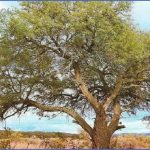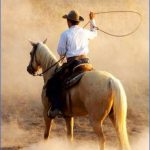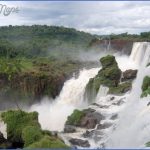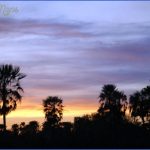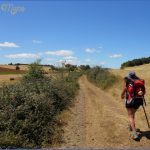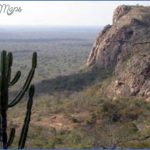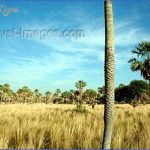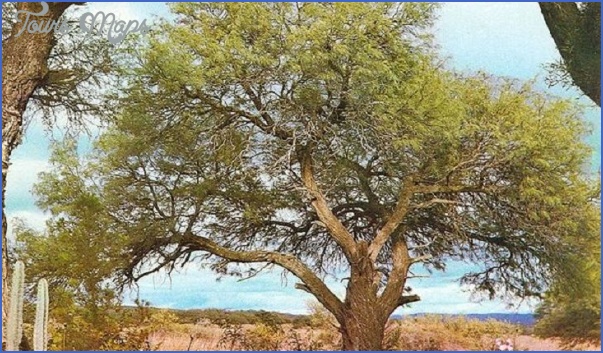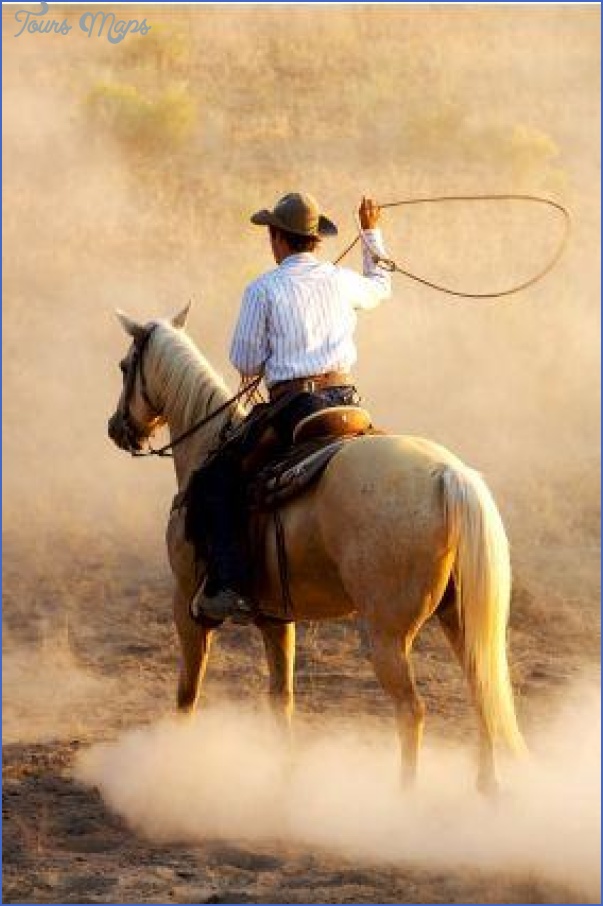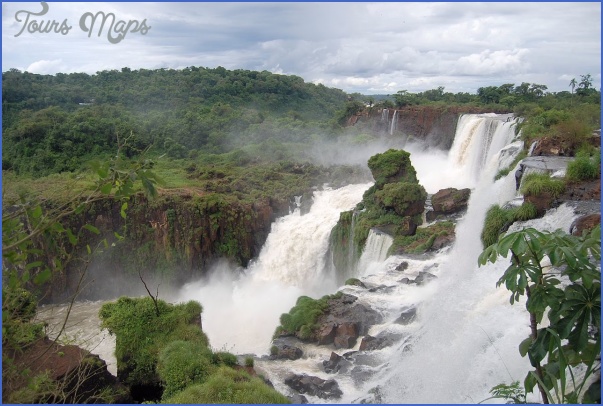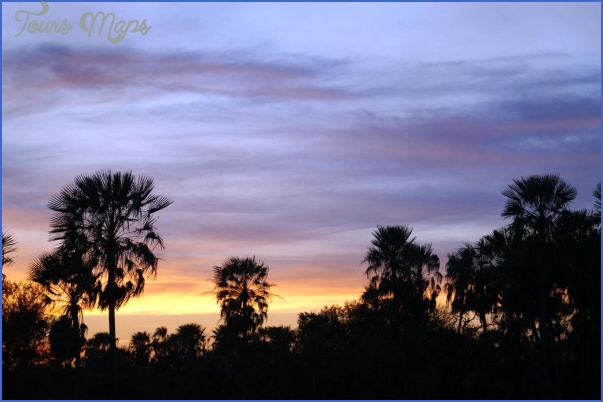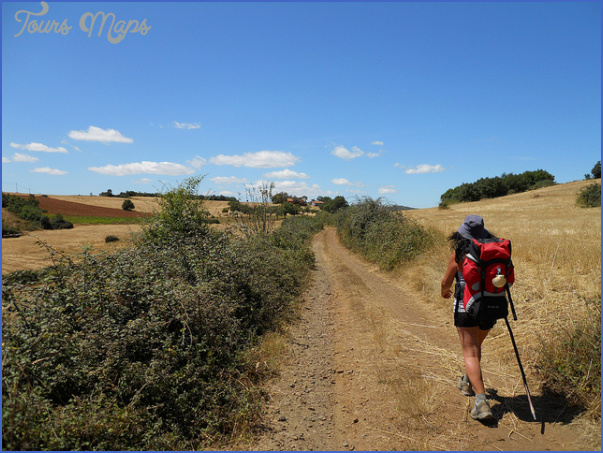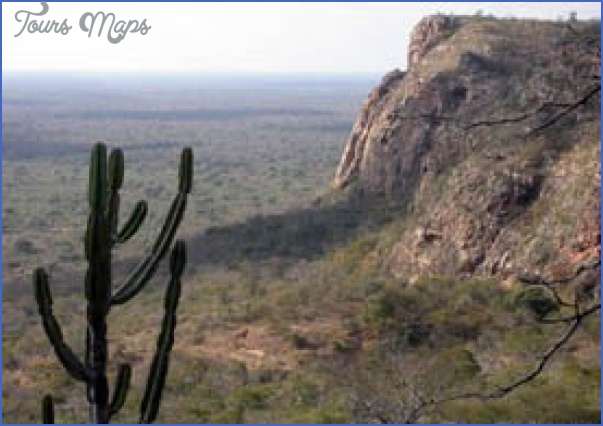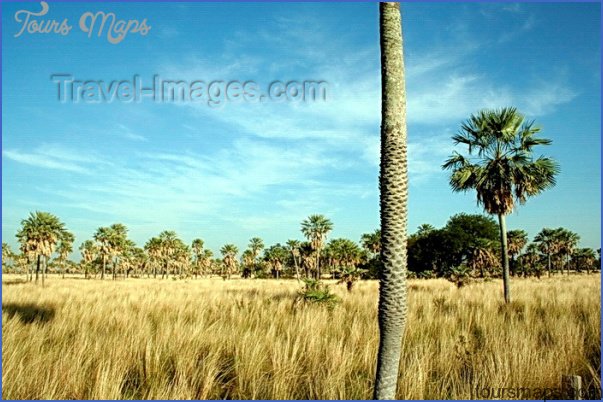Music & Dance
Paraguayans are very proud of their musical heritage. During the colonial era, Guarani and Spanish musical traditions were blended, thanks to the Jesuit priests. The musical melding that took place in the Jesuit missions resulted in a style known as Guarani-Baroque (see Guarani Baroque Music). Nowadays, polkas and guaranias are the most representative musical styles. Paraguayan polka, a cousin of the Argentine chamame, was founded by European immigrants who reached Paraguay by the Rio de la Plata. No wedding is complete without an energetic set of polkas that sends couples spinning around the dance floor at a dizzying pace. In the 1920’s Jose Asuncion Flores invented a new musical style, the guarania. With its slower pace and slightly melancholic tone, the guarania was meant to capture the spirit of Paraguayan people.
The guitar and Paraguayan harp play a prominent role in Paraguay’s musical traditions. Felix Perez Cardozo is arguably the most famous Paraguayan composer and harpist – among his best-known songs are Tren Lechero, Llegadd’ and his version of Pajaro Campana. Agustin Pio Barrios (also known as Mangore) is considered the master of classical guitar and composed other classics such Danza Paraguaya. Modern day musicians have followed in their footsteps, keeping the classics alive while creating their own compositions. Juan Cancio Barreto (who plays a small guitar known as a requinto) and guitarists Luz Maria Bobadilla and Berta Rojas are among today’s most celebrated musicians.
Among the younger generation, musical tastes range from traditional to modern genres. Reggaeton, salsa, and cachaka blare in discotecas across the country. Paraguay has a small but active reggae and heavy metal scene. National bands often use Paraguay’s native language to their advantage, peppering their lyrics with Guarani. Popular musical groups include rock bands Flou, Revolber, and Paiko, reggae/ska bands Cultura Nativa, Pipa Para Tabaco, and Ripe Banana Skins and pop bands Kchiporros and Los Verduleros.
Sidebar: For a taste of the Paraguayan harp available in the US check out Maitei America: Harps of Paraguay by Smithsonian Folkways.
Songs of Protest
During the Stroessner regime, music was one of the few outlets for anti-dictatorship sentiments. As part of a movement known as the Nuevo Cancionero Paraguayo musical groups, such as Sembrador, Juglares, and Grupo Vocal Dos, conveyed the frustrations of and gave hope to an entire generation with their suggestive songs Canto de Esperanza (Song of Hope) and Despertar (Awaken).
Many bailes folkloricos (folkloric dances) go hand in hand with Paraguayan music. Dances such as the galopera are beautiful and energetic with women swirling around in brightly colored, flowing skirts, their hair decorated with flowers. The ultimate showstopper is the baile de la botella (bottle dance) in which women dance with glass bottles balanced upon their heads. One or two bottles are standard but expert dancers can balance upwards of ten!
Bringing Music to Rural Communities
Though many Paraguayans have music in their blood, proper music lessons are out of reach for much of the population. Since its founding in 2002, Sonidos de la Tierra has been working to help children in rural communities overcome this barrier. Local professors volunteer their time teaching music lessons and are often joined by professors from Asuncion. There are workshops, music camps, and, for the extremely fortunate (and talented), scholarships to go on tour in Europe with the Sonidos de la Tierra orchestra. The program even includes a workshop for turning recycled materials such as oil drums and empty cans of dulce de guayaba into musical instruments, affordable to even the poorest students. There are frequent performances throughout the country. Watching these young children with few resources play beautiful music is enough to tug at anyone’s heart strings. Sonidos de la Tierra is the brainchild of Luis Szaran, director of Asuncion’s symphony orchestra. For more information on how to support the program and/or volunteer as a music professor, visit www.sonidosdelatierra. org. py.
Travel to Gran Chaco Photo Gallery
Maybe You Like Them Too
- The Best Cities To Visit in The World
- World’s 10 Best Places To Visit
- Coolest Countries in the World to Visit
- Travel to Santorini, Greece
- Map of Barbados – Holiday in Barbados

